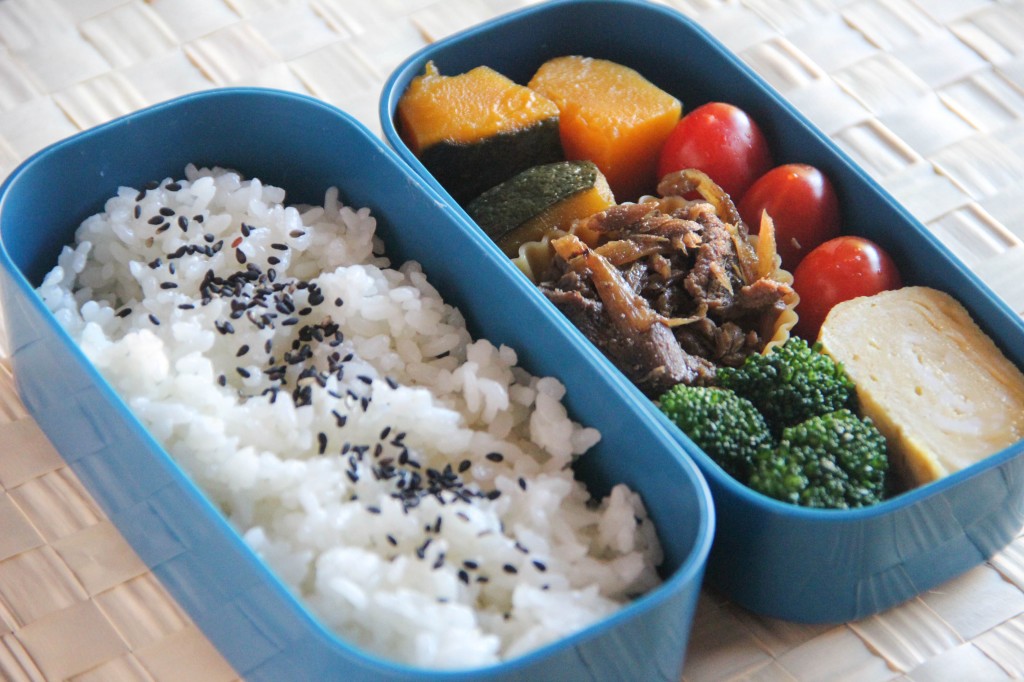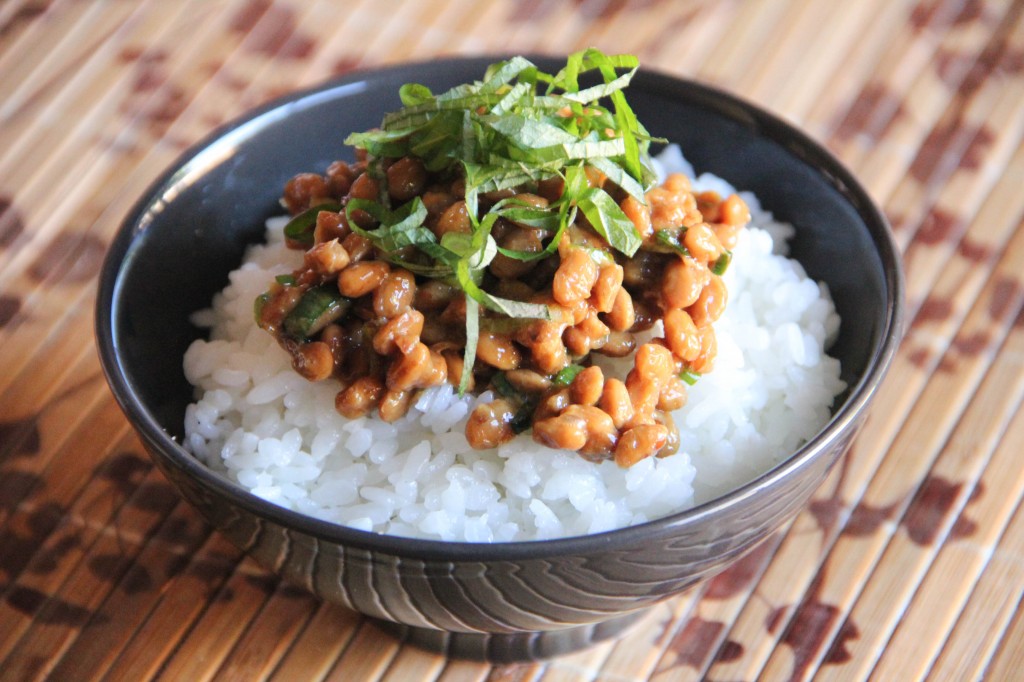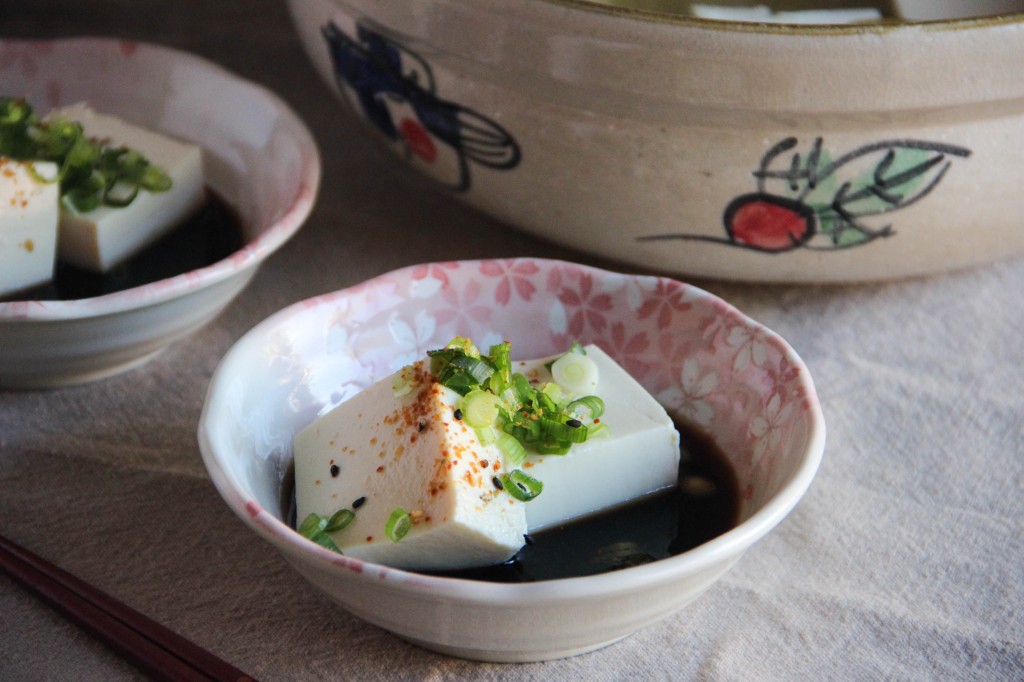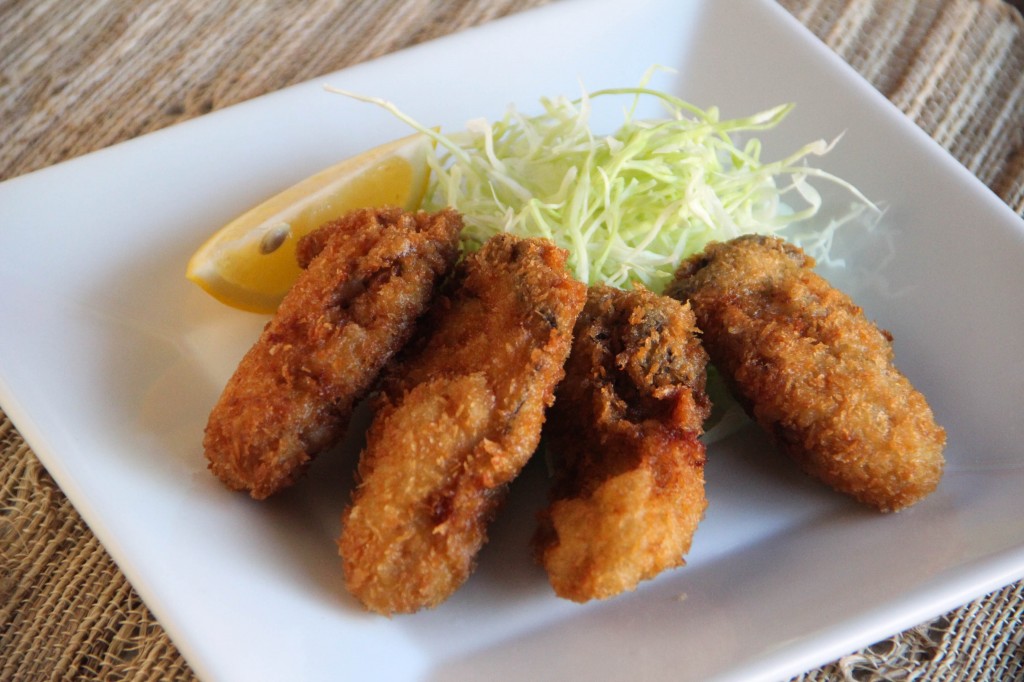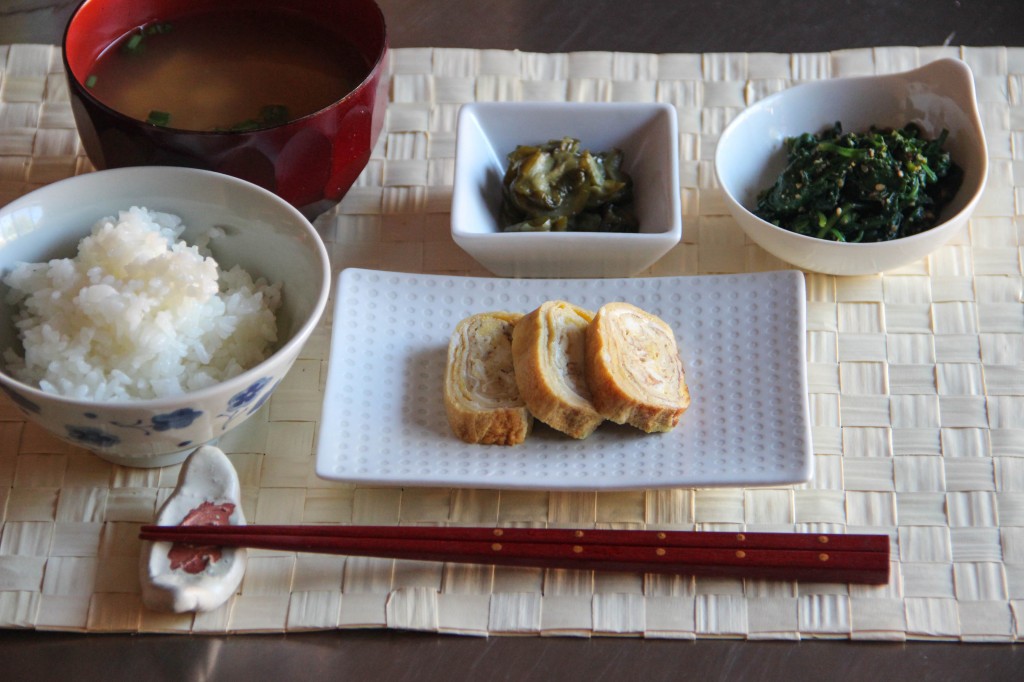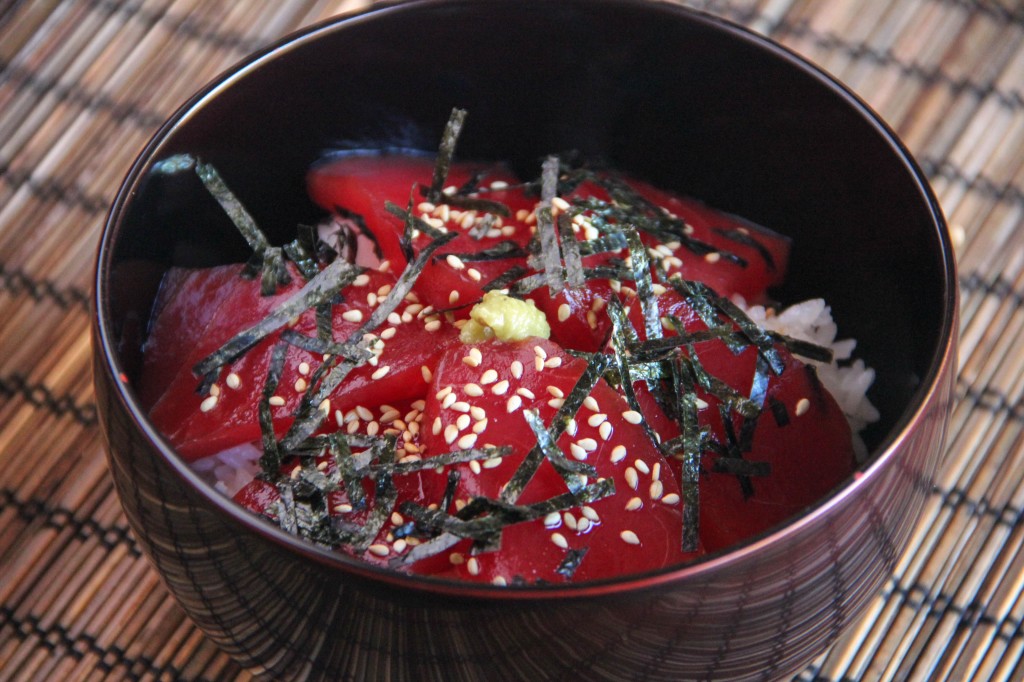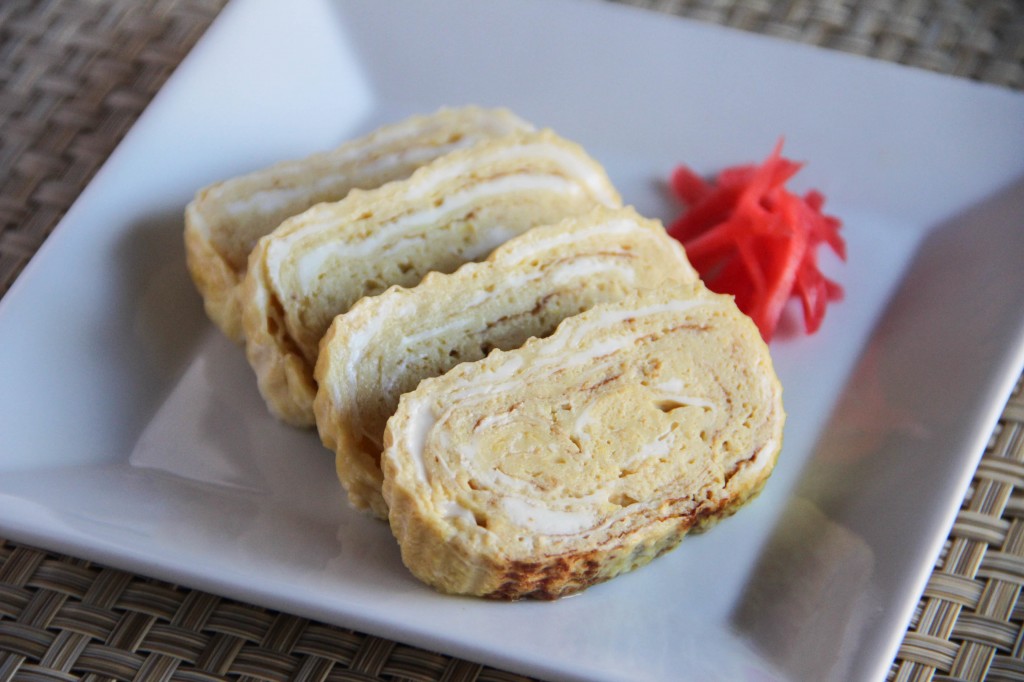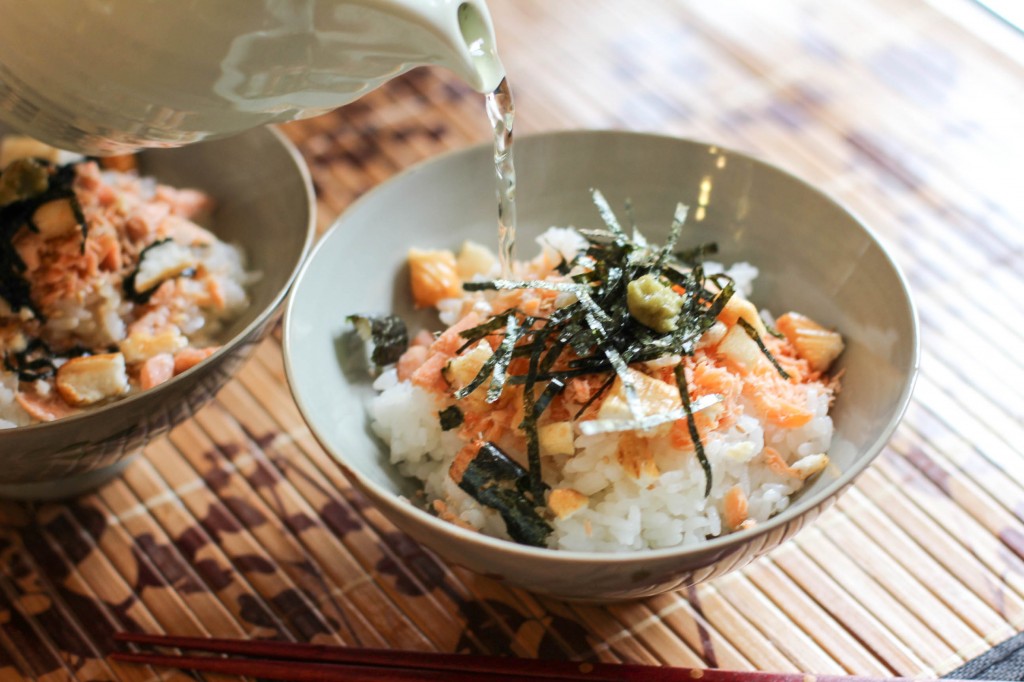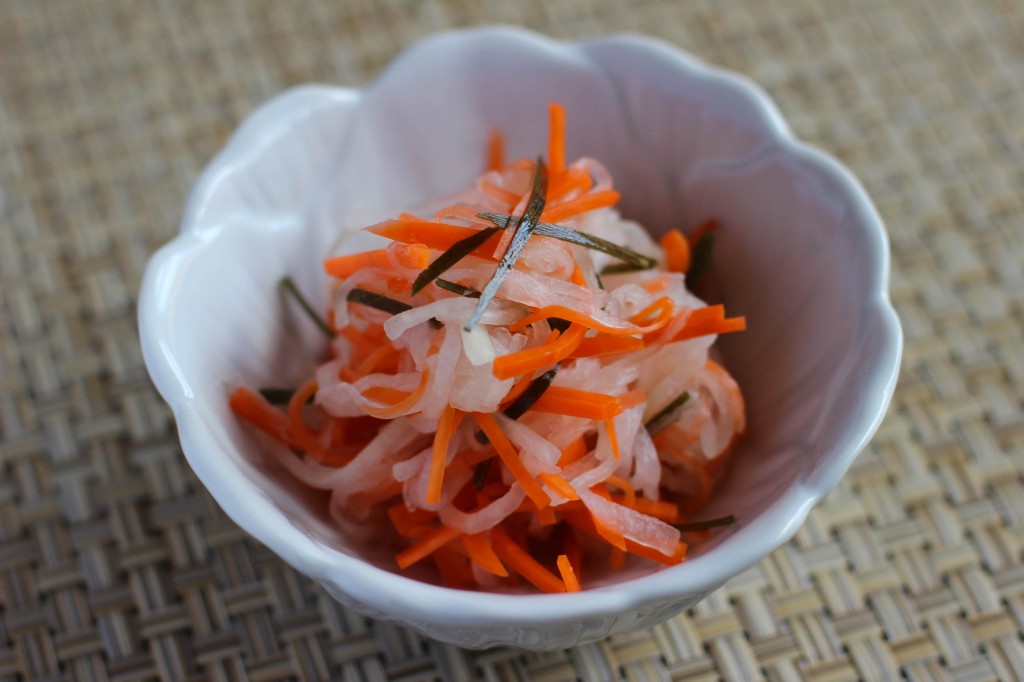Yakiudon (焼きうどん) is a simple yet satisfying dish made by stir-frying thick, chewy Udon noodles with thinly sliced meat and various vegetables. It’s incredibly easy and quick to make, making it a staple of Japanese home cooking as well as a popular option at casual restaurants and diners. While Yakiudon may not be considered fancy, it’s packed with nutritious ingredients and bold flavors. With a generous mix of vegetables and your choice of protein, it’s a wholesome and delicious option—perfect for a quick lunch or as a healthier alternative to fast food for dinner.
Bento is a portable packed meal, usually eaten for lunch in Japan. You can buy bento at bento shops, convenience stores, grocery stores, train station shops – pretty much anywhere there. However, as we always say, the home-made kind is the best! And it’s not hard to make at all.
If you know you need to bring lunch the next day, just think ahead. Leave some food from dinner aside, and even prepare vegetables before you go to bed. It is busy in the morning for everyone, so keep the Bento making to a minimum in the morning.
Natto is fermented soy beans and is often eaten for breakfast in Japan. It is gooey and slimy, and also notoriously smelly, but it’s a nutritious and healthy food loved by a lot of Japanese people.
Natto is almost always eaten over rice. It is extremely simple to prepare: you mix Natto with soy sauce or Mentsuyu and stir vigorously until forming sticky goo around the beans. Then pour it over hot rice. You can add toppings like chopped green onions and Japanese mustard, but basically that’s it. There can’t be an easier breakfast than this. Natto has a lot of nutrients like vitamin B, K, protein, fiber, calcium, etc. Natto also contains its own enzyme good for preventing blood clots, so they say.
Yudofu (Yu Tofu) is Tofu cooked in hot water (Yu) in a pot. It is a very simple Nabe hot pot dish. Usually the hot water is not actually just water but Kombu (dried kelp) broth to give the dish more flavor. It is typically served with tangy Ponzu sauce for dipping. You can use Mentsuyu instead for dipping sauce if you don’t like Ponzu.
Kaki Fry is breaded with Panko bread crumbs and deep-fried oysters, often eaten with Tonkatsu Sauce, lemon juice, and tartar sauce (or other toppings). It is a taste of winter when oysters are in season in Japan.
Living in the US, we easily forget when a certain food is actually in season and supposed to be harvested because we can buy almost anything any time of the year. In Japan, although that may be becoming true too, it is hard to ignore which food is in season because of its abundance and quality at markets, and at very reasonable prices. Oysters become nice and fat and reach the peak of flavor around February and March, so you definitely have to eat them then in Japan.
Typical Japanese mornings start with Steamed Rice and Miso Soup. You can add some protein and vegetable dishes to that to complete the meal. Here we served Tamagoyaki (rolled omelette) and Hourensou No Gomaae (Spinach Salad with Sesame Sauce). It may seem heavier than cereal and milk, but this kind of Japanese breakfast is packed with nutrition and keeps you going until lunch time without snacking.
Tekka Don is a rice bowl with marinated tuna Sashimi on top. It is an extremely easy dish to make if you have good Sashimi grade tuna (raw tuna that is sold to be eaten raw). Even though the dish is not complicated, Tekka Don tastes really good and is much more special than typical Donburi (rice bowl) dishes such as Oyakodon.
Dashimaki Tamago is rolled pan fried eggs just like Tamagoyaki (rolled omelette). The cooking and rolling technique to make Dashimaki is exactly the same as Tamagoyaki, but the ingredients and flavor are a little different. Like Tamagoyaki, it is another staple dish for breakfast and Bento lunch boxes
Ochazuke is usually rice in green tea with some salty toppings or pickled vegetables. It is very simple food that involves hardly any cooking. Ochazuke is a “you make it at the table” kind of thing, so you probably won’t find it on the menu at restaurants, especially outside Japan.
Namasu is a kind of Sunomono that is often a part of Osechi Ryouri (Japanese New Year cuisine). There are a lot of kinds of Namasu, but here we made the most typical one: red and white Namasu. The red is carrot and the white is Daikon radish, both pickled in sweet vinegar. There are meanings to each dish in Osechi Ryouri, mostly for happiness and good health for a whole year. Red and white are the colors of celebration in Japan, so it is the perfect color combination to celebrate a new year.

